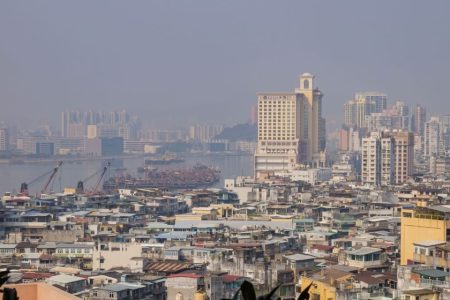Macao’s sole electricity supplier, Companhia de Electricidade de Macau (CEM), will be allocating 30 million patacas next year towards a subsidy program aimed at improving the electricity infrastructure in the city’s low-lying areas. The areas are prone to flooding, which can lead to power outages.
Speaking to local media outlets on the sidelines of an event on Friday, Vong Kok Seng, the head of CEM’s customer liaison committee, said the program would prioritise buildings impacted by flooding, targeting ones that are approximately 30 years old or have not received the Housing Bureau’s relevant subsidies.
The scheme will see CEM cover approximately 80 percent of the expenses, with each household required to bear a fee of around 1,000 patacas. Vong noted the upgrade work would largely focus on the main distribution board.
He pointed out that CEM had attempted to push an electrical system upgrade program in low-lying areas in the past, which required each household to pay for 20 percent of the construction cost, with CEM subsidising the remaining 80 percent.
However, he mentioned that due to the complex construction work involved in some of the ageing buildings, some property owners remained apprehensive about overall cost. To allay these fears, the 2026 edition of the scheme will only require participating properties to pay a fixed fee, which Vong said would help to drive up participation in the program.
[See more: Macao’s sea levels will rise 65 centimetres by 2100. Here’s what the city can do to reduce its flood risk]
The focus of the 2026 subsidy program on buildings in low-lying areas is not surprising, given that these properties experience an elevated risk of power outages and electricity hazards during the city’s typhoon season, which normally runs between May and November.
In order to prevent explosions and other accidents during severe flooding, CEM will oftentimes respond by cutting off power in these buildings.
First introduced in 2020, CEM’s subsidy program is intended to reduce the risk of safety hazards in older buildings whose electrical facilities require renewal and maintenance.
According to the electricity service provider, the upgrades normally take between 6 to 9 months from planning to completion. Construction work normally takes roughly a week, with only a day of power interruption during this period.
During Friday’s committee meeting, Gabriel Chan of CEM’s Customer Services Department, noted that around 2,000 households had benefited from the previous instalment of the company’s subsidy program.






